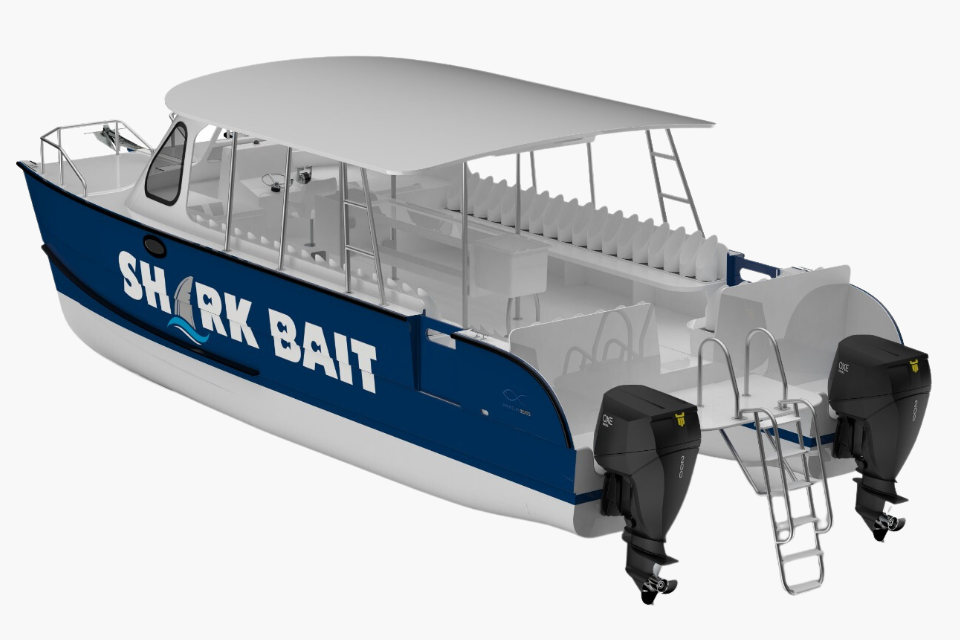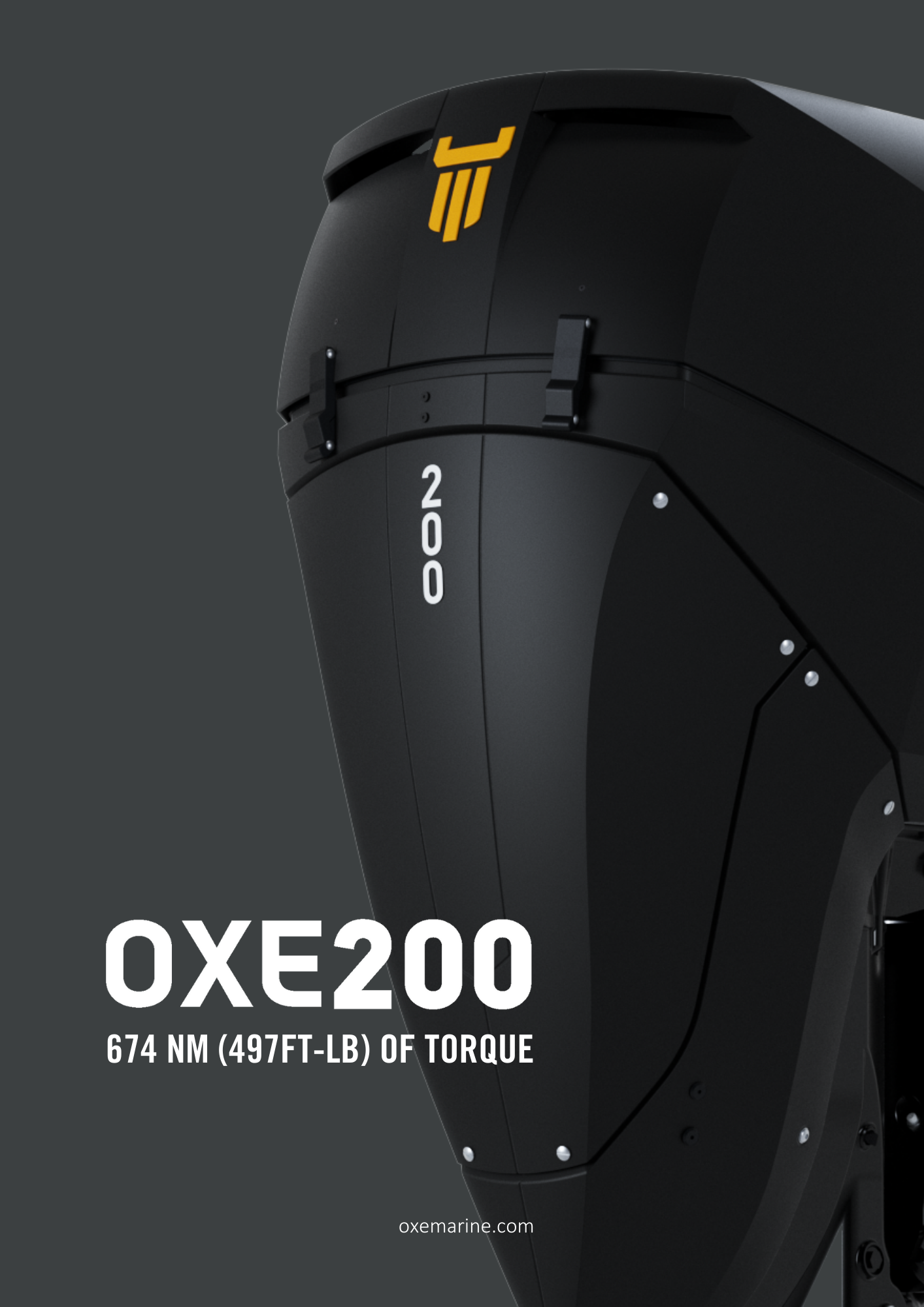By making the switch to OXE Marine outboards, diving excursion company Sea Saba saves over $35,000 USD per year on their 38-foot catamarans powered by twin OXE200's.

"The boat needs to work. Every day."
When asked what a commercial marine user requires out of its equipment Sea Saba, a company providing diving trips in the Dutch Caribbean, replied that their 38-foot diving catamarans need to work, every day.
It may seem an obvious answer, but the truth is that many marine products do not stand up to the test of the often demanding and harsh reality that is the everyday life of operating on the seas.
Previously, Sea Saba’s vessels operated with inboard diesel engines from different manufacturers. However, the downtime and cost of maintenance proved too much in the end, and Sea Saba decided to switch to outboards to increase uptime on the water. Already familiar with the benefits of diesel power, Sea Saba made the switch to OXE Marine’s diesel outboards, mounting twin OXE200s on the transom of their new 38-foot diving catamaran.
Tell us about a typical day?
Our boats live in a mooring field that is relatively unprotected. The swell in the mooring field is between 1 and 2 meters on an average day. We bring the boats into our harbor where we load them with diving equipment. We then take up to 16 divers plus crew up to 3 miles around our island, with occasional trips of 20+ miles to the Saba bank. We come back to the harbor 1-2 times throughout the day to pick up and drop off guests. 2-3 times per week we do a sunset cruise with up to 23 guests and 2 crew members to the western side of the island (2 miles) where we sit for 2 hours until returning to the harbor and putting the boat away. For services or storms, we travel 30 miles to either St Kitts or St Maarten.

You made a decision to go from inboards to outboards, but why OXE?
We wanted to switch to outboards mostly because of the serviceability and with the modular design of OXE Diesel outboards allowing for easier replacement of parts over the lifecycle. OXE outboards are built to last longer too than a modern gasoline outboard, which means even more uptime on the water.
Why diesel?
Safety on board is one of the biggest reasons why we choose diesel-powered engines for our boats. Diesel is a safer choice, as it’s non-explosive and less volatile. For us who fuel from drums that is very important. It’s also a cheaper alternative in the area we operate.

The difference in price between a pair of gasoline outboards and the pair of diesel outboards is covered in 1 year, with the entire set of engines paying for themselves in less than 3 years.
What fuel economy are you experiencing?
We run on average 7 days a week, for 3 hours a day. In a typical cruise situation, with a gasoline outboard, we’d be burning 120 liters/hour. The OXE200s on our 38-foot catamaran burns 60 liters/hour. 120 liters of gasoline costs approximately $180 USD ($1.50 per liter). 60 gallons of diesel costs approximately $81 USD. That leads to savings of $100 USD per day, or $35,000 USD per year (per boat).
Overall, we love the engines. The fuel savings we make are incredible, and in a protected marine area like ours, knowing we use products low in emissions and fuel consumption just makes it worth it. In fact, we are soon done building our new 38-foot catamaran, also powered by OXE Marine diesel outboards - so yes!

